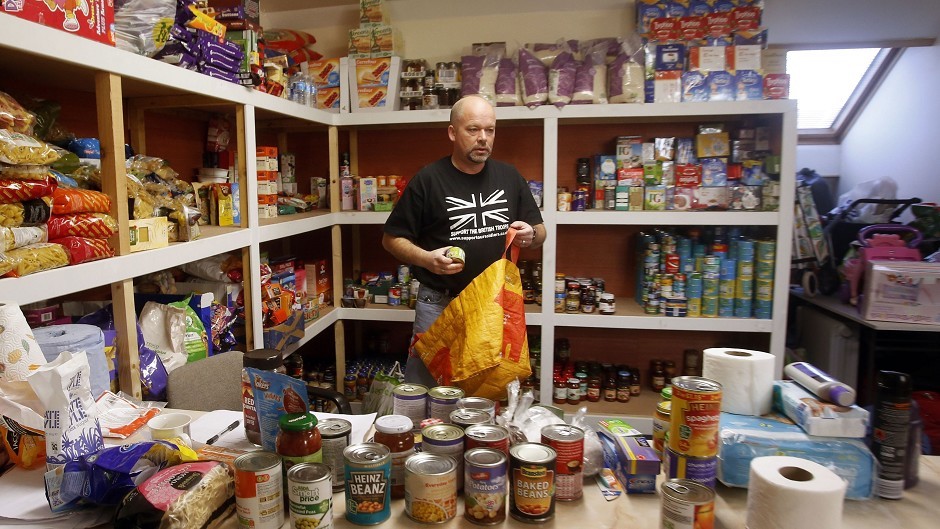Low incomes and zero hour contracts have been blamed for a increase in the use of food banks across the north and north-east.
Figures released by the Trussell Trust showed 11,578 people were given an emergency supply of three days food in 2014-15 across Grampian and the Highlands and Islands, up 50% on the previous year.
The most surprising increase was in better-off Aberdeenshire, where usage shot up by 162% from 796 in 2013-14 to 2,083 last year.
Trussell Trust Scotland network manager Ewan Gurr expressed surprise that a relatively affluent county like Aberdeenshire should see such a steep rise and said it was driven by demand not increased awareness.
“Aberdeenshire is not unique in the sense we have a presence in nine of the 10 least deprived local authority areas in Scotland, in which Aberdeenshire is one,” he said.
“It is quite jarring when you consider the facts. We essentially have a paradox here. It is almost like you have austerity and prosperity residing side-by-side in certain local authorities.”
Orkney experienced a 168% increase from 195 to 522. Staff at the Kirkwall food bank said while the 2013-14 figure was low because it only opened in November 2013, there has been an general increase in demand.
The number of people helped in Highland went up by 35% from 4,504 to 6,076 while the Western Isles food bank experienced a 52% increase, up from 184 to 280.
In Aberdeen the number of people receiving emergency aid went up fro 2,059 to 2,617, a 27% increase.
Founder and organiser of the Seaton project, Paster Barry Douglas, said the main reasons for people being referred to the food bank or asking for help were low incomes and zero hour contracts.
He said even in areas like Danestone people required emergency handouts. There was also a bigger demand for family packages during the holidays when free school meals were not available.
“It is not people on benefits, it is not people with benefit delays – we still have some of them – but the number one reason for using the food bank in Aberdeen city is because people are on low incomes,” he said.
“People are struggling to make ends meet. This is an expensive city to live in. All it takes is one unexpected bill or increased electricity or gas bill and people’s budgeting is just put under immense pressure.”
